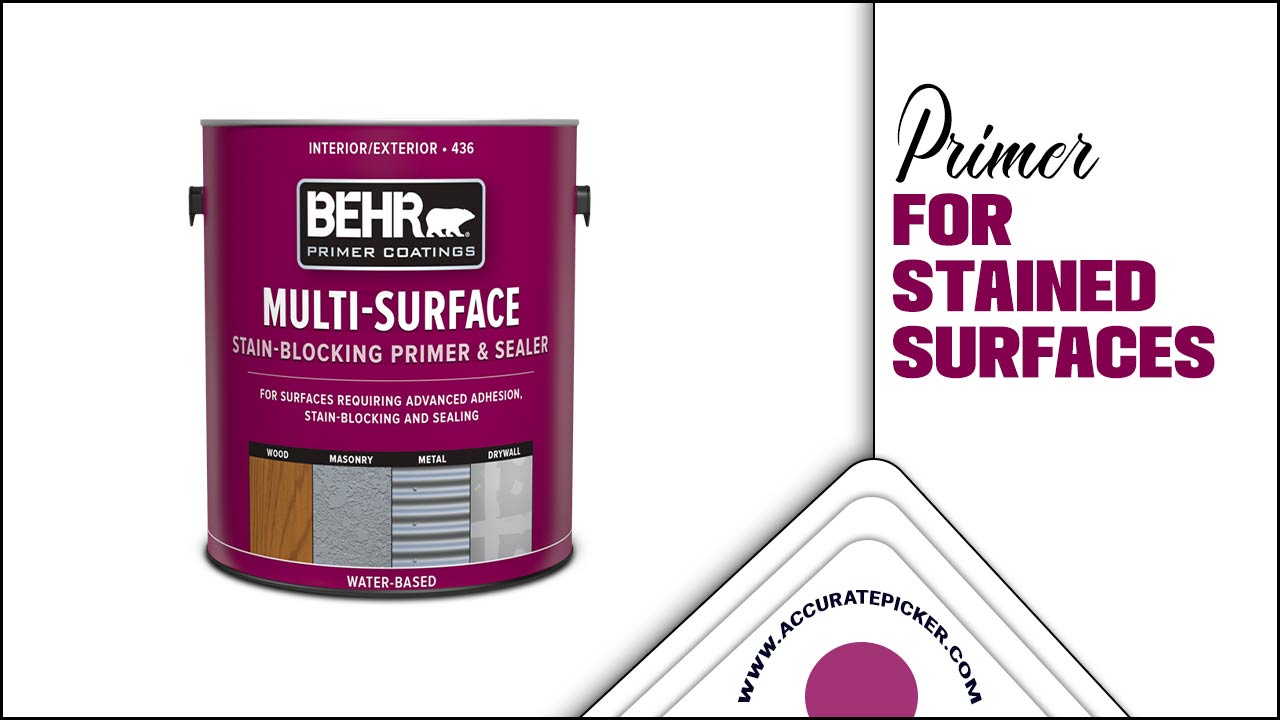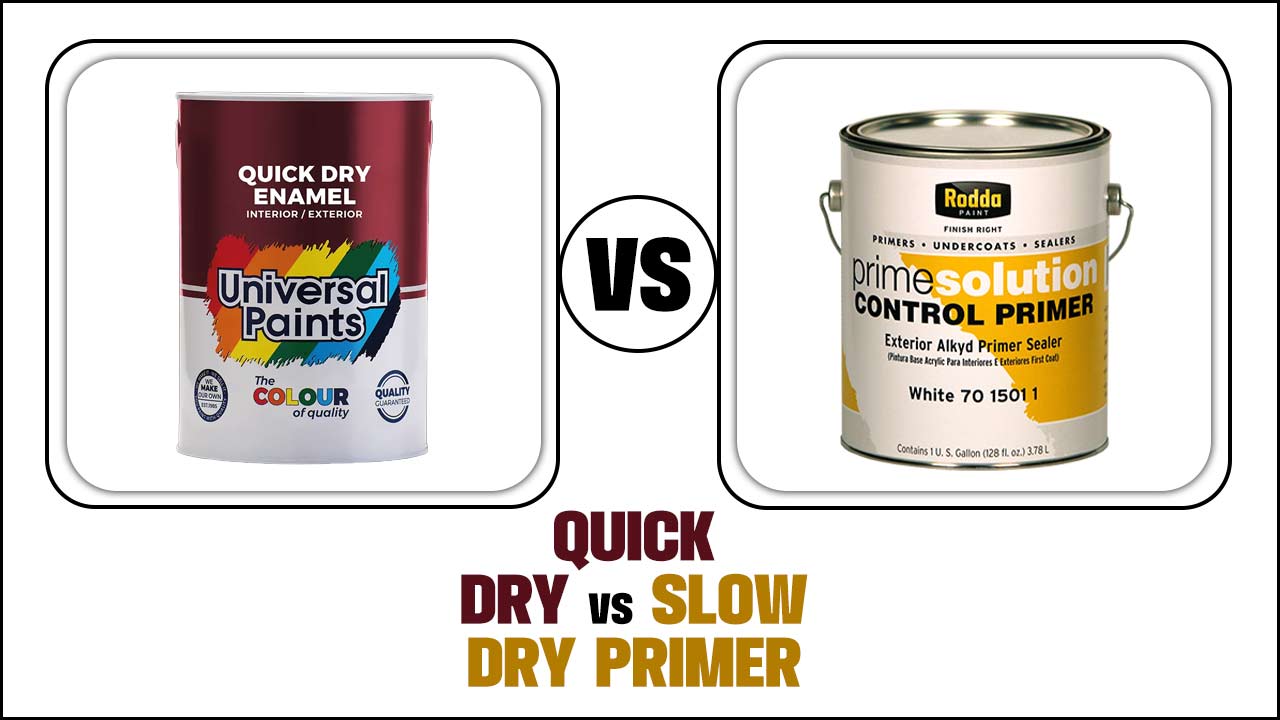Rust is a common issue that affects a variety of materials, including metal surfaces. Rust Converter and Rust-Blocking Primer are two popular solutions for dealing with rust.
Rust Converter is a chemical-based solution that converts rust into a protective polymeric coating, while Rust-Blocking Primer is a paint-based solution that blocks oxygen from reaching the metal surface and prevents further rusting.
This article will discuss the differences between Rust Converter and Rust-Blocking Primer, as well as the advantages and disadvantages of each. With this information, readers can make an informed decision about which rust prevention solution is best for their specific needs. Get ready to explore the world of rust prevention and find the right solution for you!
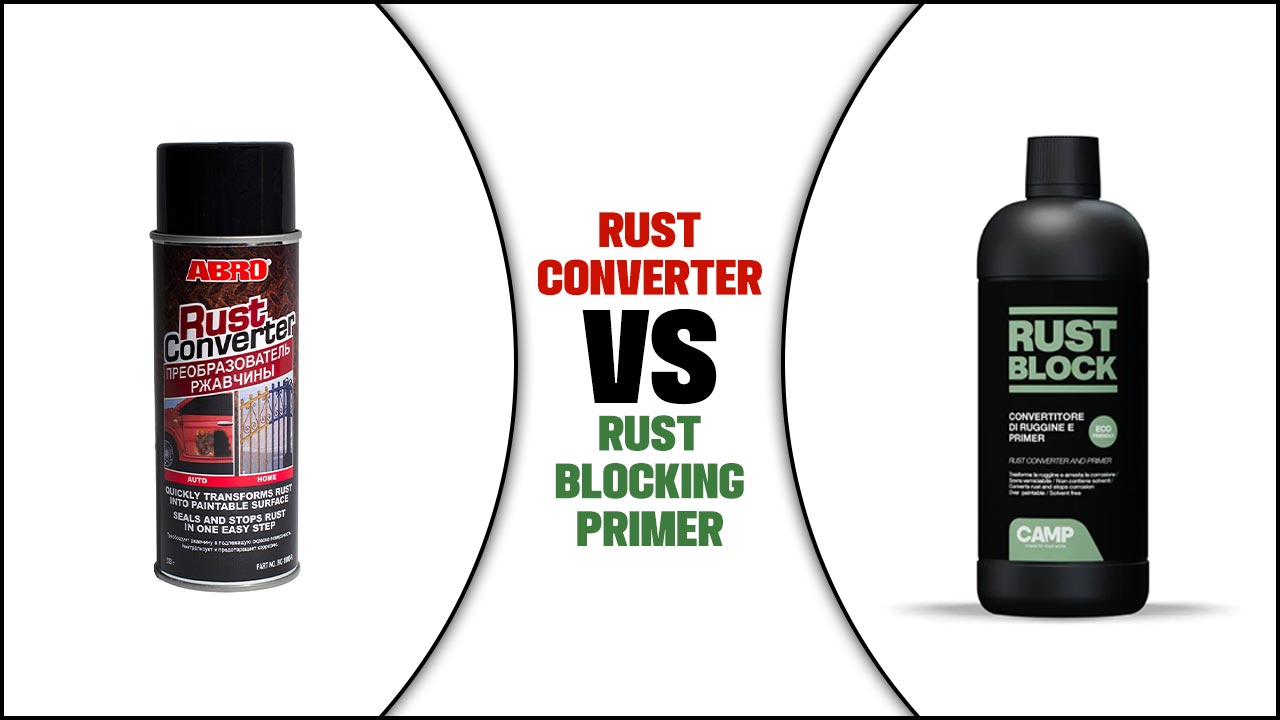
Rust Converter Vs Rust-Blocking Primer: A Comparison
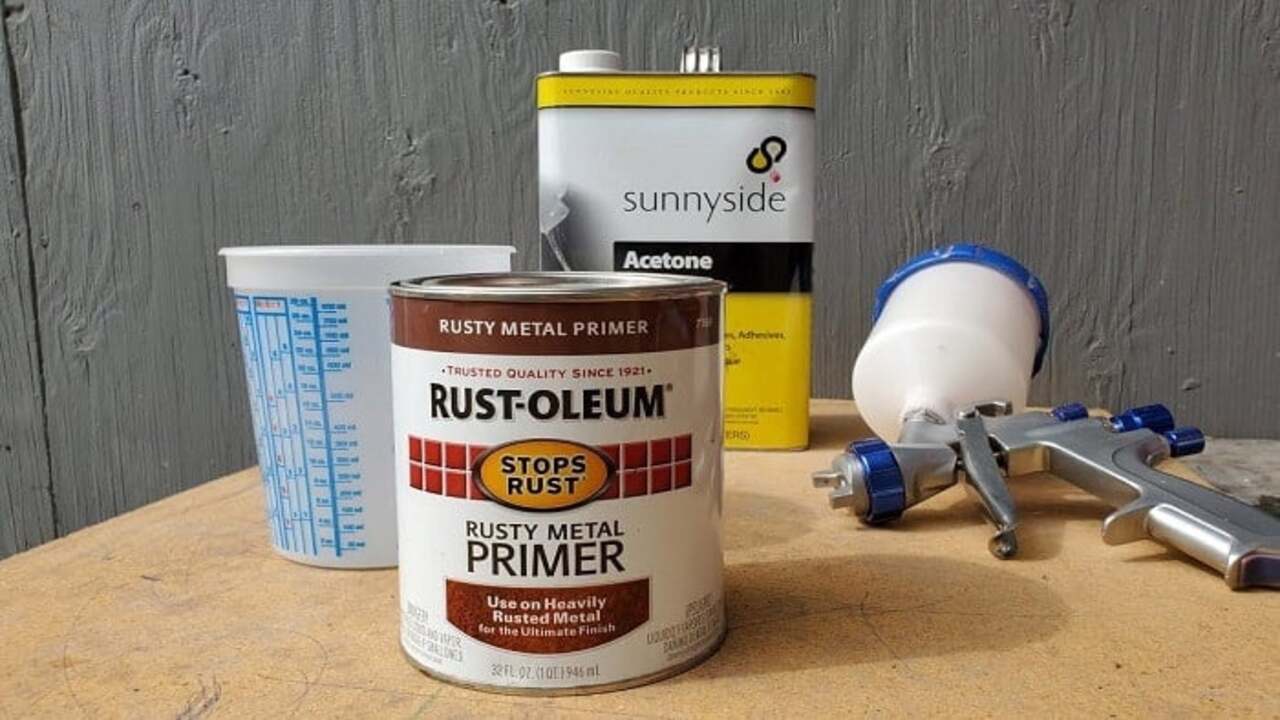
Before starting the main article on Rust Converter vs. Rust-Blocking Primer, it is important to understand the differences between the two. Rust Converter works by converting rust into a stable compound that can be painted over, while Rust-Blocking Primer works by forming a barrier between the metal and the environment to prevent future rust formation.
Both have their advantages and disadvantages, and it is important to consider the project and environment to determine which is the best choice. This article will provide an in-depth comparison of Rust Converter and Rust-Blocking Primer, so that you can make an informed decision about which one is the best option for your project.
Uses
Rust Converter and Rust-Blocking Primer are two different products that are used to protect metal surfaces from rust. Rust Converter is a chemical solution that is applied to rusted surfaces and then allowed to dry. It converts existing rust into a protective surface layer while also preventing further rusting. Rust-Blocking Primer is a layer of paint-like substance that is applied to metal surfaces.
It provides an extra layer of protection against rust and other corrosion by forming a physical barrier. Both products are effective in preventing rust and both have their uses. Rust Converter is a great choice for rusted surfaces as it can restore them to their original condition.
Rust-Blocking Primer is better suited for metal surfaces that are in good condition, as it can provide long-term protection. Both products are affordable and easy to apply, making them ideal for DIY projects.
Rust Converter
Rust converter is a popular product used to treat corroded metal surfaces. It is a chemical treatment that converts rust into an inert substance, thus preventing further degradation of the metal. The product is easy to use and is typically sold in aerosol cans, allowing the user to easily spray the converter onto the affected area.
Rust converter is most effective when applied prior to priming and painting, as it eliminates the need for sanding or wire brushing the surface of the metal. Rust converter is also an economical solution for treating large areas of rust, as it is more affordable than other rust removal products.
Rust Blocking Primer
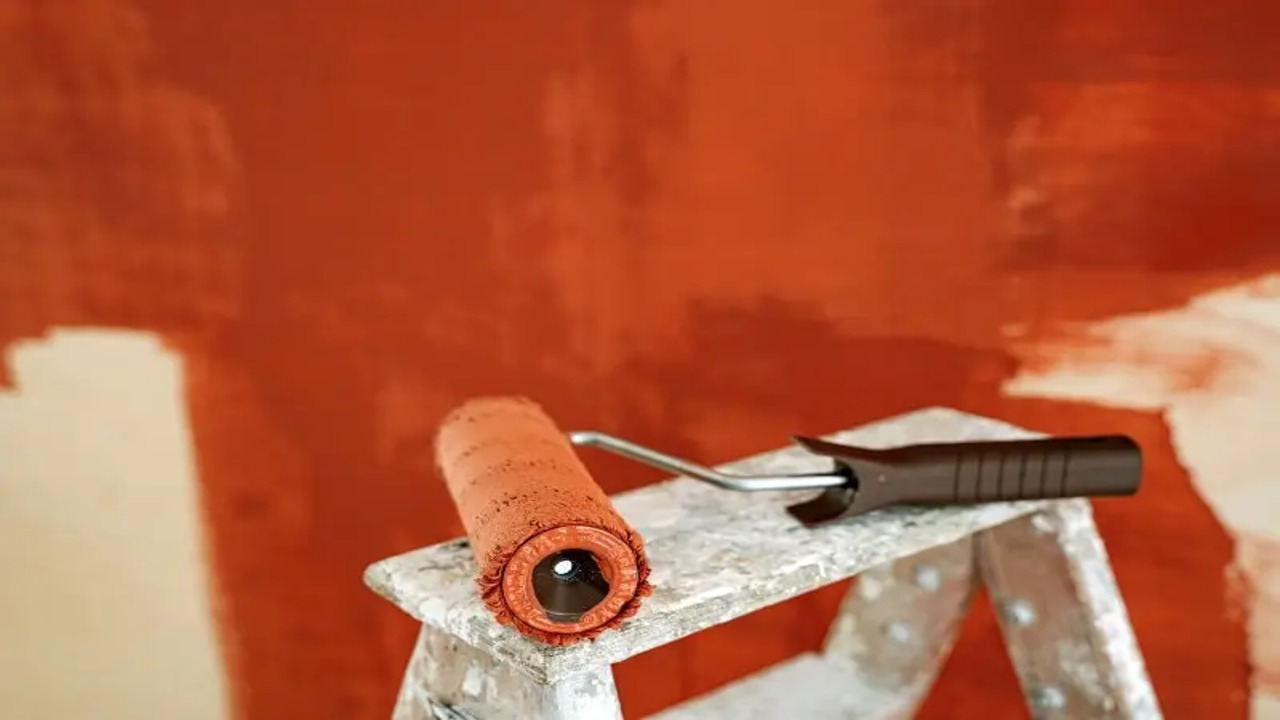
When it comes to protecting metal surfaces from rust and corrosion, rust-blocking primer is a popular option. It forms a protective layer on the metal surface, preventing rust and corrosion from forming. Primers are typically applied before the application of paint, and they come in both oil- and water-based varieties. Rust-blocking primers are designed to be highly durable and long-lasting, and they can be applied to both exterior and interior surfaces.
They are also easy to apply and require minimal surface preparation. Rust-blocking primers can be used on a variety of surfaces, including steel, aluminum, iron, and copper. When applied properly, they will provide superior rust protection for years to come.
Benefits
Rust converters and rust-blocking primers each offer a unique set of benefits that can help you protect and maintain your metal surfaces. Rust converters provide a quick and easy solution for rust removal as they work to neutralize and encapsulate existing rust. This makes them ideal for surfaces that already have rust present. Rust-blocking primers, on the other hand, work to prevent rust and corrosion from forming in the first place.
They provide a protective barrier between the metal surface and the elements, making them ideal for new metal projects. In addition, rust-blocking primers can also be used for previously painted surfaces, as they are designed to adhere to a variety of materials. Both products offer an effective solution for rust prevention and removal.
Rust Converter
Rust converters are a popular option when dealing with rust on metal surfaces, such as cars, outdoor furniture, and other items. Rust converters work by chemically converting the rust into a protective, inert coating on the surface. This coating is designed to prevent further rust from forming and can create a smoother surface for painting.
Rust converters are typically used as a one-step process and are easy to apply. They are usually available in aerosol cans or liquid form. However, rust converters are not a substitute for rust-blocking primer. Rust-blocking primers provide an additional layer of protection against rust and help create a stronger bond between the rust converter and the paint.
Rust-blocking primer should be applied after the rust converter to ensure a longer-lasting finish. When using rust converters and rust-blocking primers together, it is important to follow the instructions on the product labels for best results.
Rustblocking Primer
Rust-blocking primer is a special type of primer that helps protect against rust. It works by forming a barrier between the metal surface and the environment, preventing moisture and oxygen from getting to the metal and causing corrosion. Rust-blocking primer also helps to fill in any cracks and crevices on the metal surface, creating an even, smooth finish. The primer also helps to protect against UV rays and other environmental factors.
The primer is often applied before painting to maximize the protection against rust and corrosion. Rust-blocking primer is a great choice for use on cars, boats, and other metal surfaces that are exposed to harsh weather and environmental conditions.
Limitations

Both rust converter and rust-blocking primer have their limitations. Rust converter is limited to ferrous metals as it does not work well on non-ferrous metals. Additionally, it can only be used to treat small areas of surface rust. Rust-blocking primer, on the other hand, can be used on both ferrous and non-ferrous metals, but it is not as effective for large rust-damaged areas.
Additionally, it is not as effective at preventing rust from spreading. Furthermore, the primer must be applied to a clean surface and it may not adhere well to some surfaces. Lastly, the primer is not as durable as rust converter and may need to be reapplied after a few years. Both rust converter and rust-blocking primer have their pros and cons, so it is important to choose the right one for the job.
Rust Converter
Rust converter is a great way to convert existing rust on metal surfaces into a stable surface. It works by chemically converting rust to a protective, insoluble polymer. The process is simple and relatively inexpensive.
After just one application, the rust converter can keep surfaces rust-free for up to 18 months. It is an effective solution for both indoor and outdoor metal surfaces, such as railings, metal furniture, and fencing. However, it is not a substitute for a rust-blocking primer. Rust converter does not prevent new rust from forming, so it is important to use a rust-blocking primer in addition to the rust converter to help prevent future rusting.
Rust Blocking Primer
Rust-blocking primer is a type of primer that is designed to prevent rust from forming on metal surfaces. It works by creating a barrier between the metal and the environment, preventing moisture from coming in contact with the surface and creating a rust-resistant layer. The primer contains a rust-inhibiting ingredient that prevents rust from forming on the metal surface. It also contains corrosion inhibitors which help prevent corrosion from occurring.
Rust-blocking primers are available in a variety of colors to match the color of the metal and can be applied with a brush, roller, or spray gun.
Cost
When it comes to cost, rust converters are generally more affordable than rust-blocking primers. Rust converters are available in aerosol cans which are both cost-effective and easy to use. On the other hand, rust-blocking primers come in larger quantities and can be more expensive. However, the cost of the primer will depend on the brand you choose, as some offer more protection than others.
In addition, rust-blocking primers can be applied with a brush or roller, making them easier to use and more cost-effective. Ultimately, if you are looking for an affordable solution for treating rust, a rust converter may be the better option.
Rust Converter
Rust converter is an effective way to prevent rusting on metal surfaces. It converts rusty iron oxide into black ferric oxide, which forms a protective barrier against further rusting. Rust converter works by removing the rust from the surface of the metal, leaving behind a thin layer of protective coating.
This protective barrier can help block moisture and other elements that cause rust. Additionally, rust converter works to prevent the spread of rust and can be used on both interior and exterior metal surfaces. It is important to note that rust converter does not provide the same level of protection as rust-blocking primer, as it does not completely seal the surface and will need to be reapplied over time.
Rust Blocking Primer
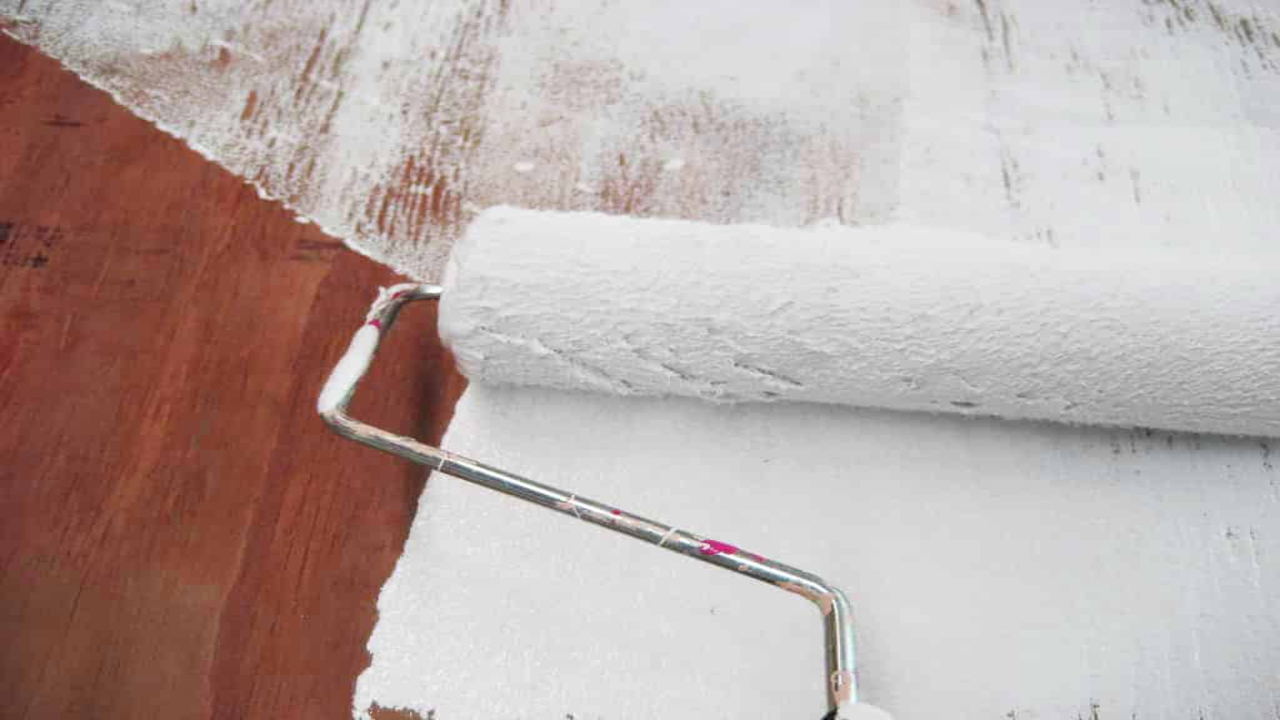
Rust-blocking primers are a key component of any rust prevention strategy. These primer paints contain rust-inhibiting ingredients that create a barrier between the metal and oxygen. Additionally, they fill any small imperfections in the metal surface, creating a smoother surface that is easier to paint and less prone to rusting.
Rust-blocking primers often come in colors such as gray or white, and they can be applied to metal surfaces with a brush, roller, or spray gun. Proper application is essential to ensure the rust-blocking primer performs as intended. Additionally, you should always use a primer specifically designed for metal surfaces, as other types of primers may not provide the same rust-inhibiting benefits.
Conclusion
Rust Converter and Rust-Blocking Primer are two common solutions for treating rusty metal surfaces. Rust Converter chemically converts rust to a protective polymeric coating, while Rust-Blocking Primer creates a barrier between the metal and the environment to prevent further rusting. Both solutions can be effective in protecting metal from further corrosion, but Rust Converter is often more cost-effective and requires less surface preparation.
FAQ’s
1.What Are The Main Differences Between Rust Converter And Rust-Blocking Primer?
Ans: The main difference between rust converter and rust-blocking primer is that rust converter chemically converts existing rust into a non-corrosive surface, while rust-blocking primer is applied to bare metal to prevent further rusting.
Rust converter is a single-step process, while rust-blocking primer is a two-step process, requiring the application of a primer followed by a topcoat. Rust converter does not provide a protective layer of paint, while rust-blocking primer does provide a layer of protection. Rust converter is generally less expensive than rust-blocking primer.
2.How Do Rust Converter And Rust-Blocking Primer Work To Prevent Rust?
Ans: Rust converter and rust-blocking primer work to prevent rust by converting existing rust into a protective coating. Rust converter converts existing rust into a black, protective polymeric coating, while rust-blocking primer blocks moisture and oxygen from reaching the metal surface and prevents further rusting. This protective coating works to seal off the metal from further damaging elements and prevents further rusting.
3.Is Rust Converter Or Rust-Blocking Primer More Effective At Preventing Rust?
Ans: Rust-blocking primer is more effective at preventing rust than rust converter. Rust converter only stops existing rust from spreading, but rust-blocking primer creates a barrier that prevents rust from forming in the first place. Rust converter is better for areas that are already rusted, while rust-blocking primer should be used on surfaces that are not yet rusted. Rust-blocking primer is the best choice for prevention of rust on metal surfaces.
4.How Long Do Rust Converter And Rust-Blocking Primer Last?
Ans: The length of time rust converter and rust-blocking primer last depends on the type and brand of the product. Generally, these products can last up to 5 years with proper application and maintenance. However, the life expectancy of these products may be reduced if they are exposed to extreme weather conditions, such as heat, cold, and moisture. It is important to read the directions on the product label to ensure proper application and maintenance of the product for optimal performance.
5.What Are The Benefits Of Using Rust Converter Or Rust-Blocking Primer?
Ans: Rust converters and rust-blocking primers are beneficial in preventing rust or corrosion from forming on metal surfaces. They often contain chemicals that react with rust and form a protective coating that stops further rusting. This coating can also act as an excellent primer for painting, making it easier to achieve a professional finish. Rust converters and rust-blocking primers are also cost-effective, providing an easy way to keep metal surfaces rust-free.



